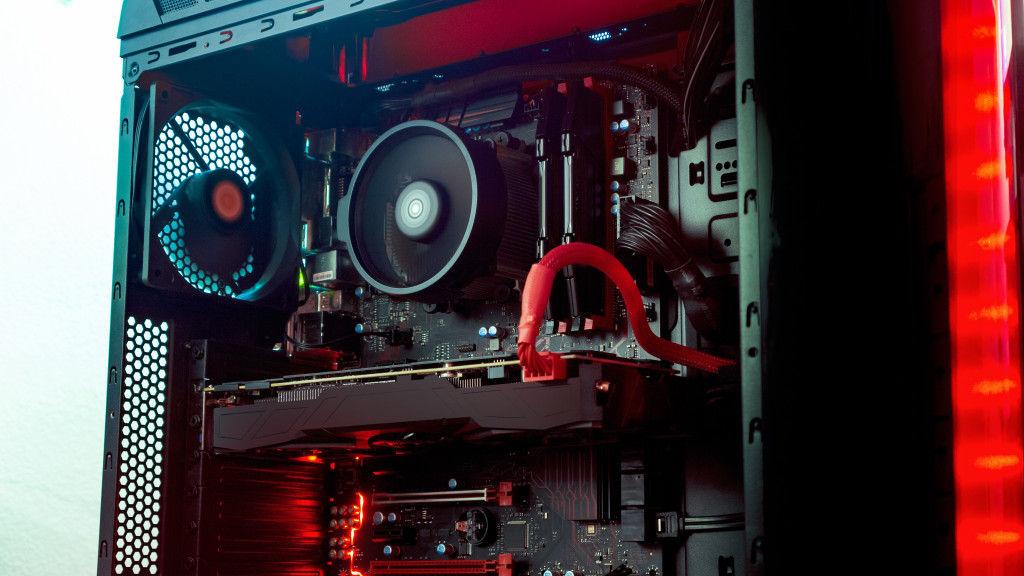Disclaimer: This website provides health information for educational purposes only and is not a substitute for professional medical advice, diagnosis, or treatment. Always seek the guidance of a qualified healthcare provider with any questions you may have.
As our lives immerse us further in the digital age, more people have grown comfortable with devices, to the point where the average PC user is probably quite confident in their self-troubleshooting skills. After all, you don’t need to be a professional programmer to follow good instructions – and for many common problems, the best solutions are often available online for free. Still, there are times when you might run into these situations where bringing in the assistance of a local Salt Lake City computer technician would be better than attempting a DIY fix.
Basic troubleshooting doesn’t help
Often, people who have the necessary skills to fully diagnose technical problems and come up with fixes aren’t just hard to find – when they do share information on how to troubleshoot, in online forums or FAQs, it can be hard to understand for those without similar knowledge. Basic troubleshooting steps can solve many common issues – most people know that restarting an app or rebooting the PC is where you should begin. But if that doesn’t fix the problem, it could be more complex. Each step beyond that can take you further outside of your personal depth of knowledge; in some cases, arriving at the correct solution will involve a lot of back-and-forth with experts who need to know more about your system details, including error logs, OS and software versions, and hardware specifications. If you aren’t comfortable or confident with this level of advanced troubleshooting, it may be time to get qualified support for the issue.

Suspected viruses or malware
Any time a system has been infected with a virus or malware problem, the corresponding fix can be quite complex. A modern OS will receive periodic updates to address vulnerabilities and fix related issues; most devices may also have preinstalled security programs which add another layer of security, and independent software developers also maintain and update their apps for security. All of this means that when a device does get infected with a virus, problems could run deeper. User behavior is certainly one factor to consider – if it’s a shared PC, is there another user who has been clicking links or downloading and installing software from suspicious sites? Some online tools claim to be bug fixes or performance improvements, but actually compromise your system. Even if you download a trusted virus removal tool and fix the problem, a deep scan may be necessary to prevent future infection; imposing user access controls may also help to reduce further risk.
Possible hardware issues
Modern devices are better-designed than those of decades past; it’s more likely that users are fully satisfied with their out-of-the-box functionality, and increased durability means that consumer’s don’t mind purchasing a new model if the previous one lasted a long time. However, this means that fewer people are comfortable going under the hood; you’ll find that more users can troubleshoot software issues to a greater extent than those which are hardware-related. Persistent occurrence of boot failure, or the infamous ‘blue screen of death’ can leave most people with no other choice than to try reinstalling the OS, or have the manufacturer look into hardware failure and replace the necessary components – assuming they are under warranty. The skill of troubleshooting hardware is scarce enough that this kind of trouble is often a hard stop to any DIY attempts.
Self-troubleshooting your PC is certainly a sensible place to start; common issues can be easily fixed at no cost. Recognize the situations where expertise is needed, so you can fix complex problems without wasting your time and effort.




